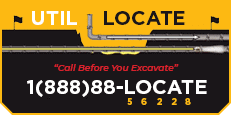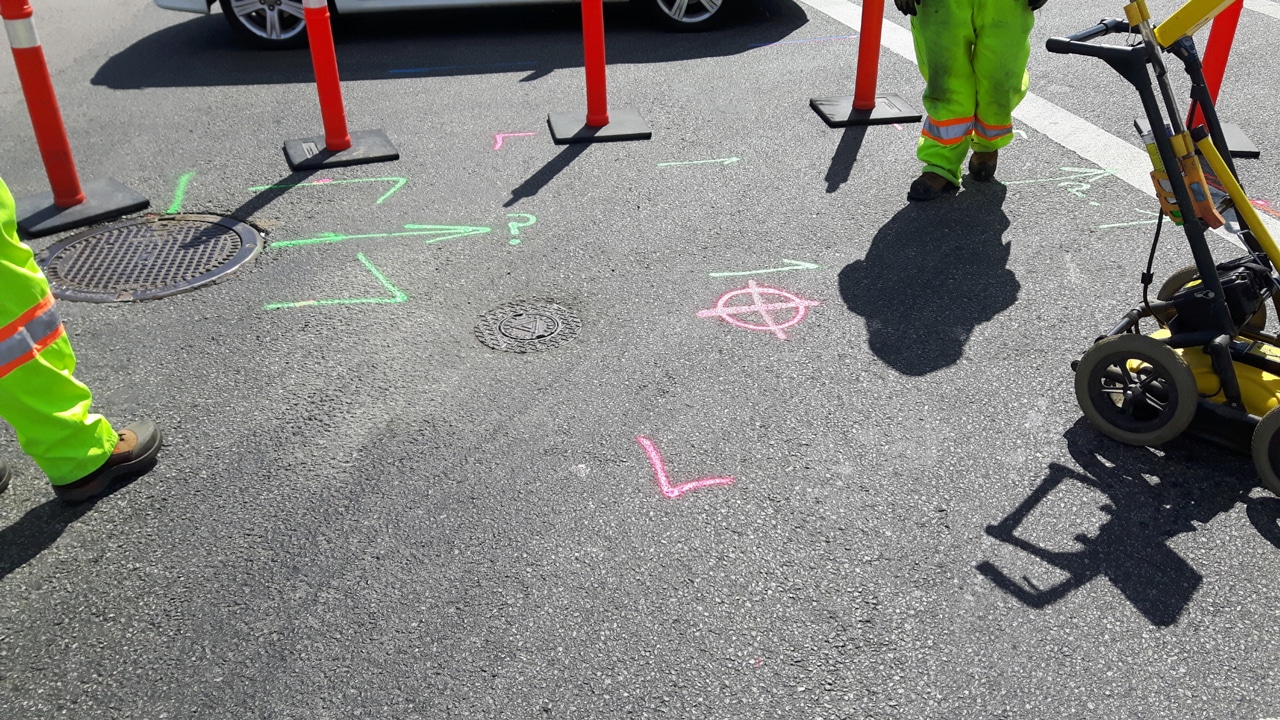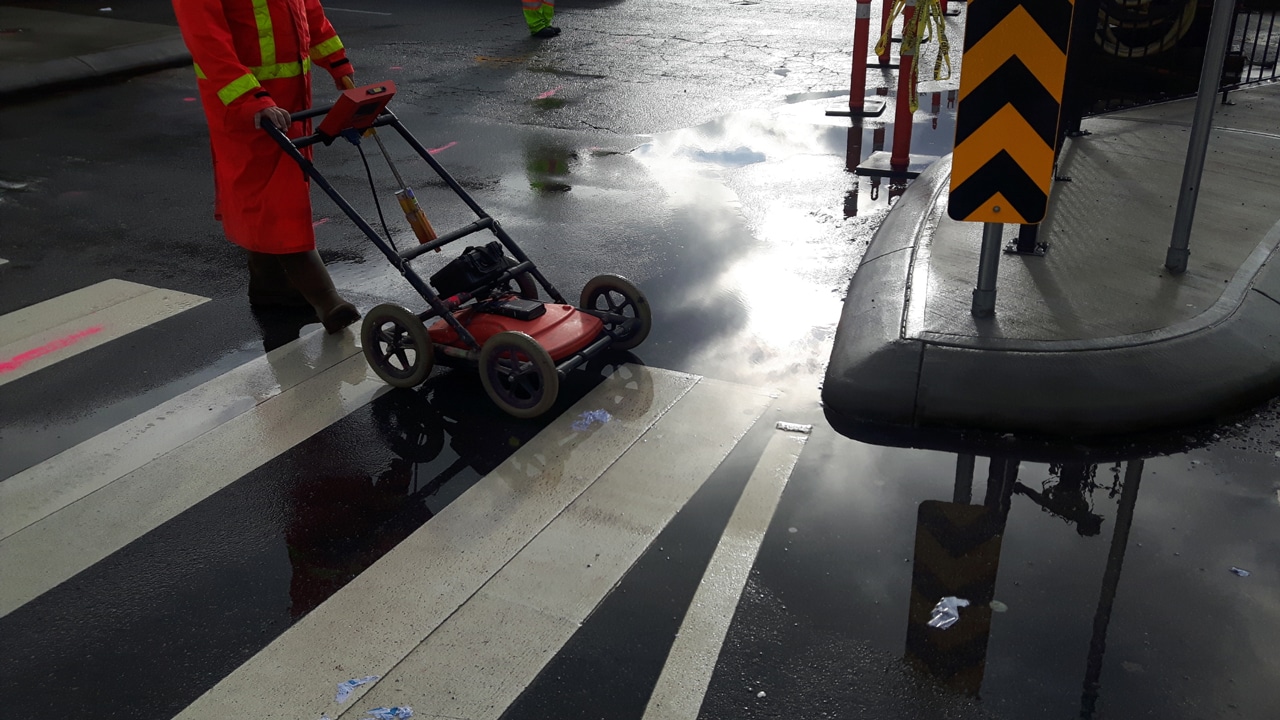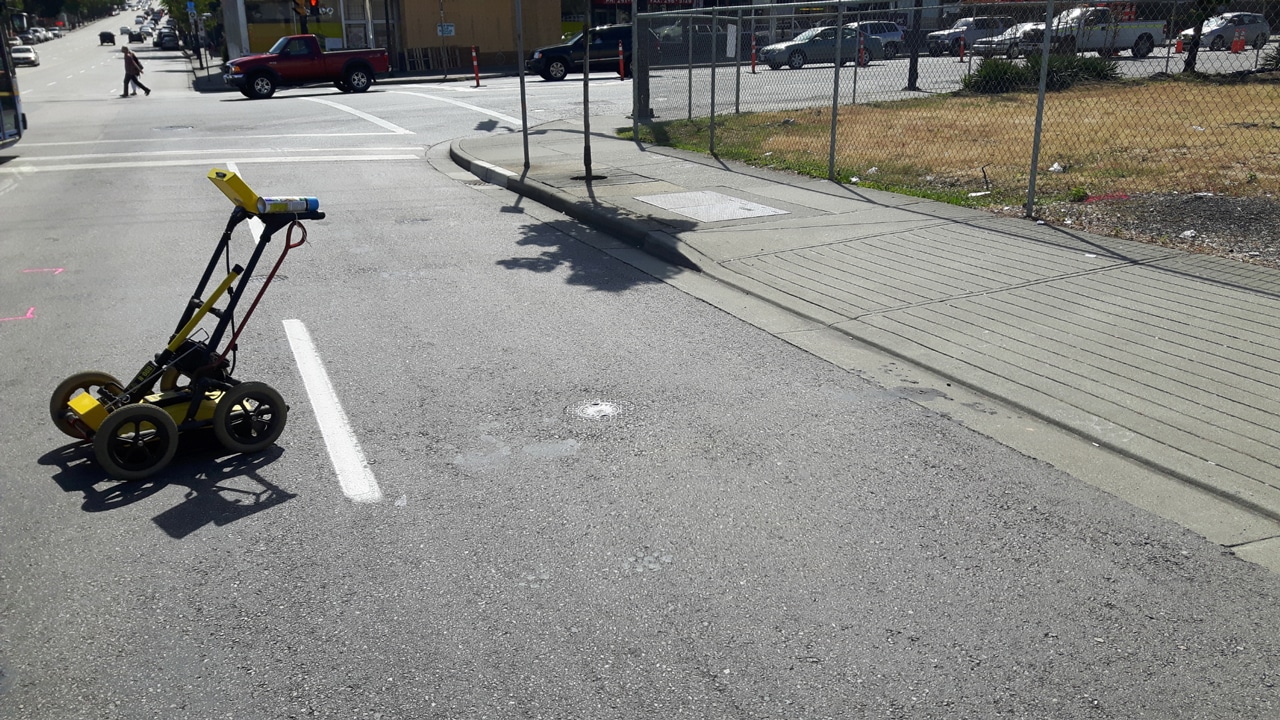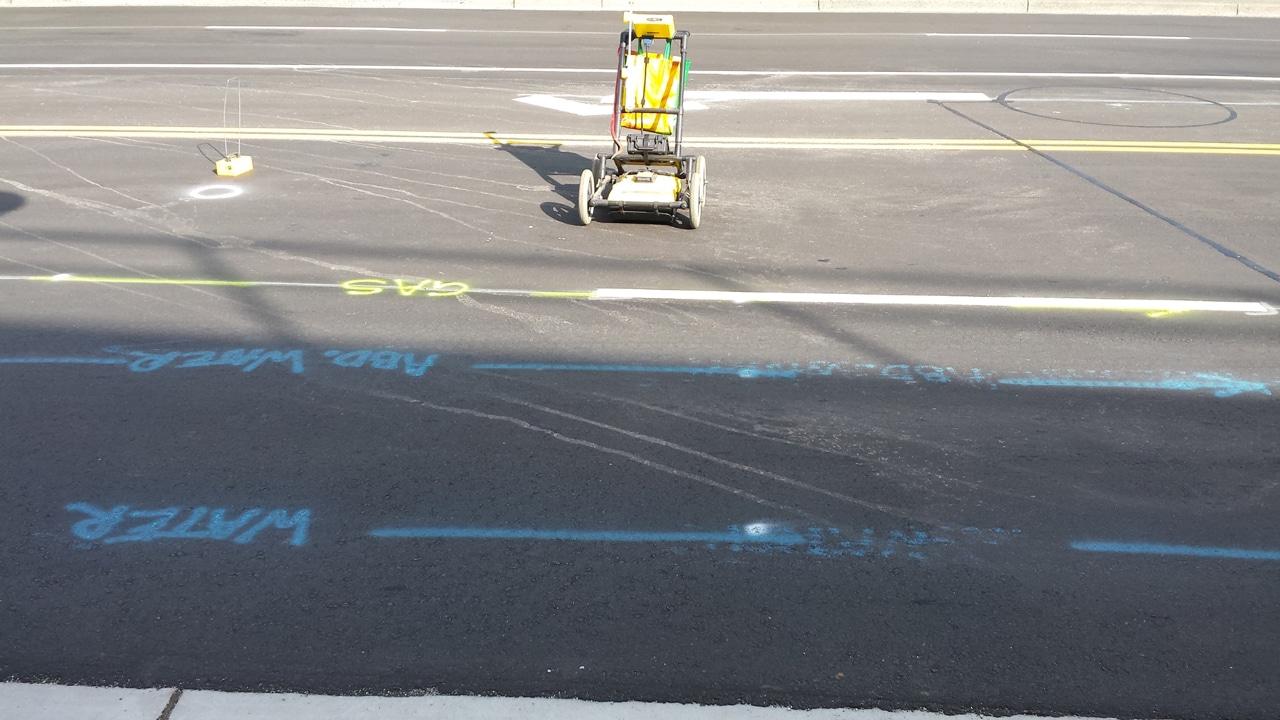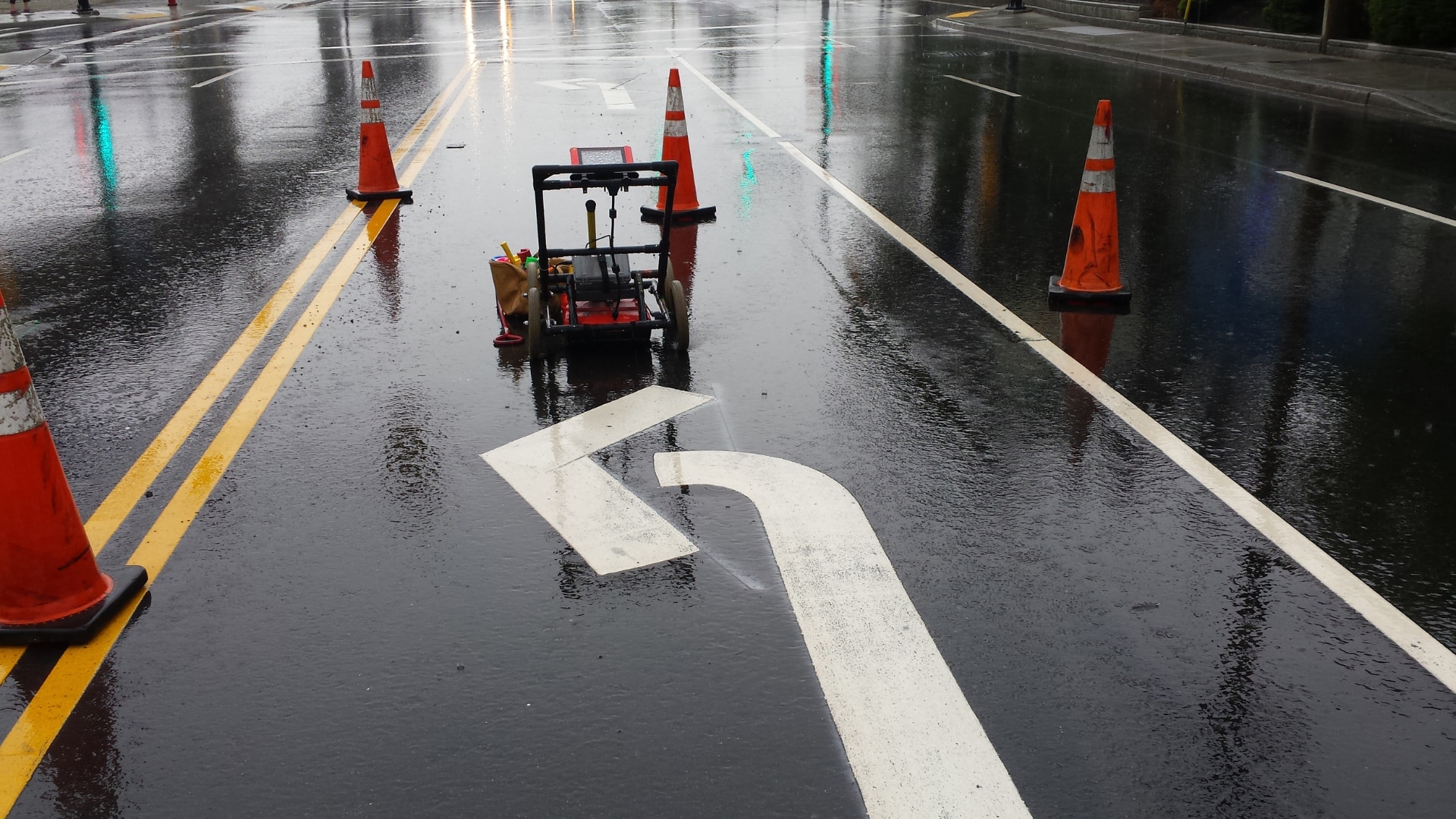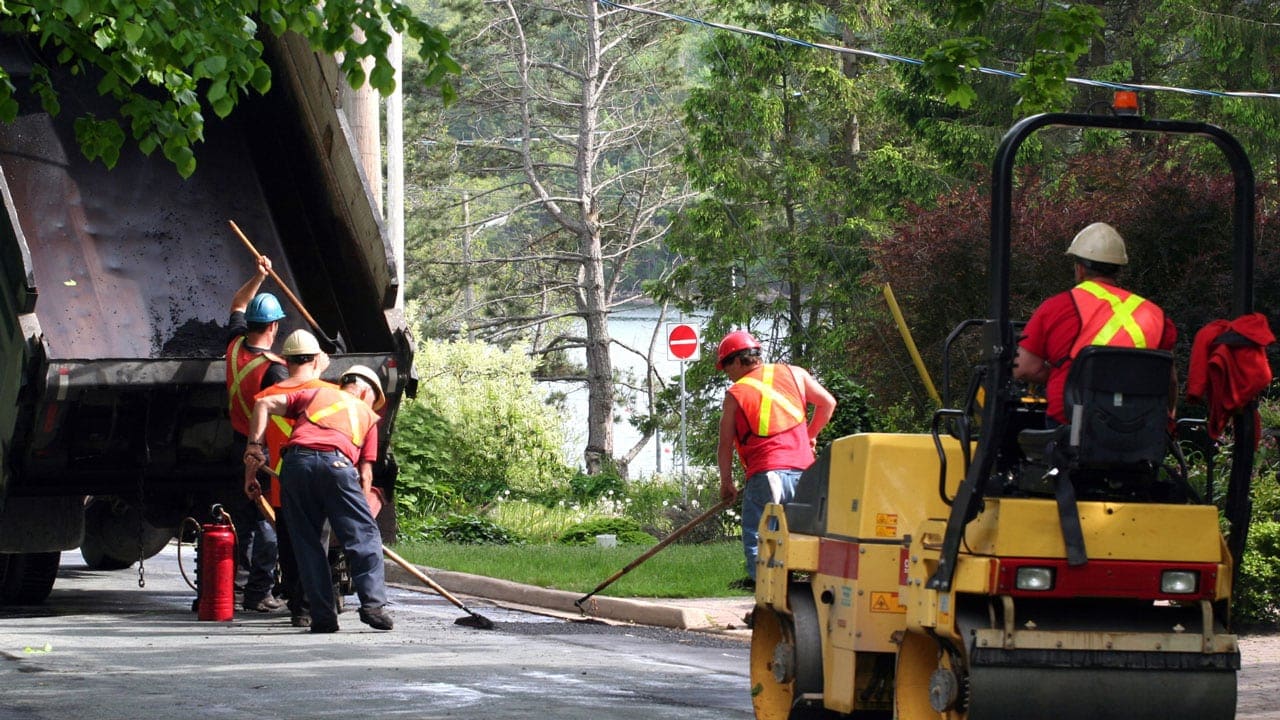When it comes to utility locating services, two commonly used methods are ground-penetrating radar (GPR) and concrete X-ray scanning. Both methods offer effective solutions for locating underground utilities, each with its own unique benefits and considerations.
GPR utilizes advanced ground-penetrating radar technology to detect subsurface utilities by emitting and analyzing electromagnetic waves. It provides a non-intrusive and efficient way to map out utility lines and identify their approximate locations.
On the other hand, concrete X-ray scanning, also known as concrete imaging or concrete radiography, employs specialized equipment to capture detailed images of objects within concrete structures, including utilities. It allows for the precise identification and mapping of utilities embedded within concrete slabs or walls.
Understanding the differences and benefits of these methods is crucial for utility companies, property owners, and construction project managers to choose the most suitable approach based on project requirements, material types, and accuracy needs.
An Insight Into GPR and Concrete X-ray for Utility Location
GPR and concrete X-ray scanning are two commonly used methods for underground utility locating services, differing in their principles and technologies.
Ground-Penetrating Radar (GPR)
GPR utilizes radar technology and electromagnetic waves to detect subsurface variations. It maps utility locations without invasive measures, identifying various utility types, including non-metallic pipes and cables.
GPR provides real-time data, immediate analysis, and detailed reports, enhancing understanding of subsurface conditions.
Concrete X-Ray Scanning
Concrete scanning employs specialized equipment and X-ray technology to capture detailed images of utilities within concrete structures. It offers precise identification and mapping of utilities hidden in concrete slabs or walls. High-resolution images enable accurate planning and decision-making.
These methods aid utility companies, property owners, and construction project managers in making informed choices based on project needs, material types, and requirements. They contribute to accurate utility identification and mapping for efficient and safe excavation practices.
Principles and Technology Behind GPR and Concrete X-Ray
- Ground-Penetrating Radar – GPR utilizes electromagnetic waves to penetrate the ground and detect variations in subsurface materials. It relies on the principles of radar technology and the analysis of reflected signals to map out utility locations.
- Concrete X-ray – Concrete X-ray, also known as concrete imaging or concrete radiography, involves using specialized equipment to capture images of objects embedded within concrete structures. It employs X-ray technology to create detailed images of utilities hidden within concrete slabs or walls.
Pros and Cons of Ground Penetrating Radar for Utility Location
Pros
- A non-destructive method that does not require drilling or cutting into concrete
- Can detect a wide range of utility types, including non-metallic pipes and cables
- Provides real-time data and immediate on-site analysis
- Offers the ability to map out utility locations and create detailed reports
- Effective for large-area scanning and mapping
Cons
- Limited penetration depth in certain soil conditions or dense materials
- Interpretation of data requires expertise and experience
- Can be affected by environmental factors such as moisture or electrical interference
- May have limitations in identifying smaller or deeply buried utilities
- Requires clear access to the scanning area for optimal results
4 Applications and Use Cases of GPR in Utility Location
Ground-penetrating radar (GPR) has a wide range of applications in utility locator services. Its non-destructive nature and versatility make it suitable for various scenarios, including:
- Mapping Utility Lines – GPR is effective in mapping utility lines, including gas lines, water pipes, electrical cables, and communication lines. It allows for the identification and mapping of both metallic and non-metallic utilities.
- Subsurface Imaging – GPR can create detailed subsurface images, revealing the presence of underground structures, voids, or buried objects that may impact utility location.
- Environmental Assessment – GPR helps assess the environmental conditions and subsurface geology of a site, identifying potential hazards or areas prone to subsidence.
- Archaeological Surveys – GPR aids in archaeological investigations by detecting buried artifacts, structures, or ancient remains without excavation.
Applications and Use Cases of Concrete X-Rays in Utility Location:
Concrete X-ray scanning is particularly valuable in utility location scenarios involving concrete structures. Some key applications include:
- Locating Embedded Utilities: Concrete X-ray enables the identification and mapping of utilities, such as conduits, rebar, post-tension cables, and ductwork embedded within concrete slabs or walls.
- Structural Assessments: They help evaluate the integrity of concrete structures, identifying cracks, voids, or other defects that may affect utility installation or maintenance.
- Renovation and Retrofitting: Concrete X-ray assists in planning renovation projects by locating existing utilities and determining the best strategies for integrating new systems.
- Quality Control: It allows for quality control inspections during construction to ensure proper installation and positioning of utilities within concrete structures.
Factors to Consider When Choosing Between GPR and Concrete X-Ray:
When deciding between GPR and concrete X-ray for utility location services in Orange County and anywhere in Southern California, several factors should be considered:
- Material Type – GPR is suitable for a wide range of materials, while concrete X-ray is specifically designed for concrete structures.
- Depth of Penetration – GPR provides greater depth penetration in most soil conditions, whereas concrete X-ray is limited to the thickness of the concrete being scanned.
- Accuracy Requirements – Consider the level of accuracy needed for utility location, as well as the desired resolution and level of detail.
- Project Constraints – Evaluate factors such as project timeline, site accessibility, and potential interference from other nearby utilities or structures.
By carefully assessing these factors, utility companies, property owners, and construction project managers can determine the most suitable method, whether it’s GPR or concrete X-ray, for their specific utility location needs.
Trust Util-Locate for Excellent Concrete X-Ray and Utility Locating Services!
Util-Locate is your trusted partner when it comes to accurate and dependable X-ray utility location services. With years of experience and a team of highly skilled professionals, we specialize in providing exceptional results for utility mapping and identification.
Our advanced X-ray equipment and cutting-edge imaging techniques ensure the precise location and identification of utilities embedded within concrete structures.
Trust Util-Locate for all your X-ray scanning, GPR, and private utility locating needs. Contact us today at 888-885-6228 to discuss your specific requirements and experience the reliability and excellence of our services.
